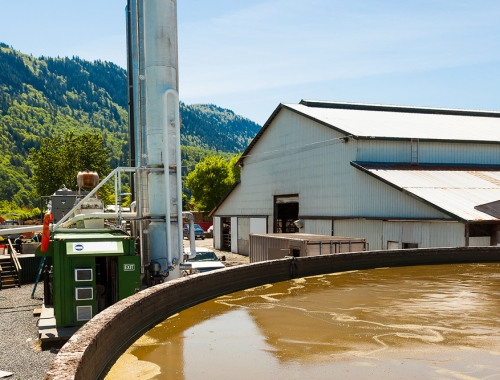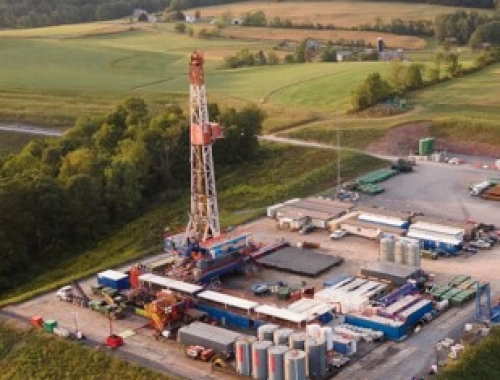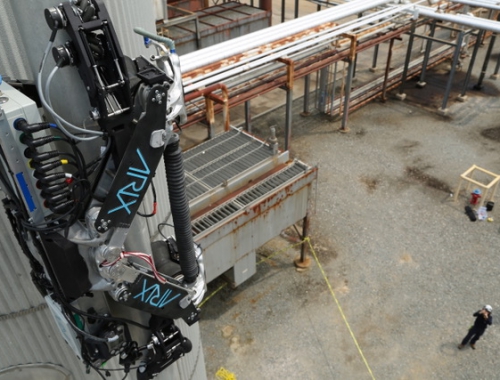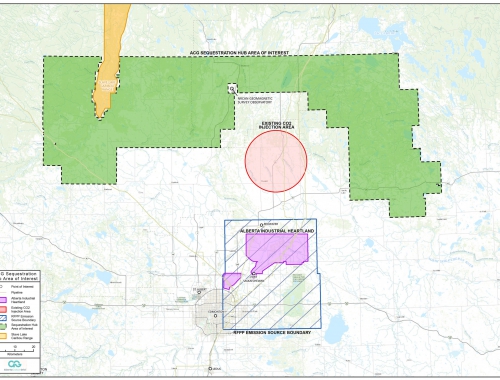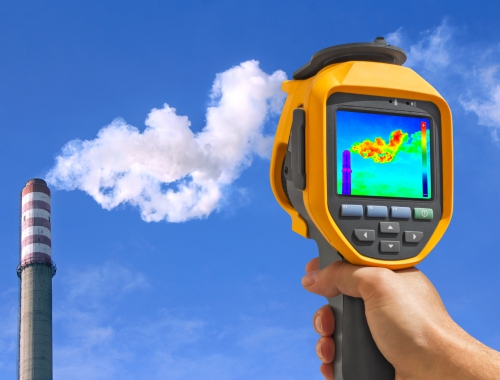For the greater good
SUMMARY
The NGIF Emissions Testing Centre has provided a rare opportunity for Qube Technologies to test and commercialise its fixed methane emissions monitoring technology. More than 2,000 of its devices are now operating around the world. Learn more about Qube and the NGIF Emissions Testing Centre at IGRC2024 in Banff, Alberta, the flagship natural gas research and innovation conference of the International Gas Union.
By Elsie RossPOSTED IN:
As a Calgary-based company working towards commercialisation of its continuous emissions monitoring technology, Qube Technologies jumped at the chance to participate in the newly created NGIF Emissions Testing Centre (ETC) in Alberta.
“We just thought it was an opportunity to be able to be doing more testing for technology,” says Taryn Humphreys, Qube’s Director, Business Development. “We really see the importance of having that testing to be able to ground truth our models and have a full understanding of emissions.”
In early April, NGIF announced that 18 startups – including Qube – had successfully tested their clean technologies at the ETC. The ETC incorporates four components: live testing at the West Wolf Lake gas plant, owned by Tourmaline Oil and Perpetual Energy, dedicated laboratories at the University of Calgary, a secondary vent site and a network of well sites provided by Tourmaline.
The ETC, Humphreys says, gave Qube the ability to further test and refine its technology at a Canadian operational facility.
The company’s on-site solar-powered devices continuously detect and measure emissions, analyzing the data to infer leak location, quantity and classification. A web-based dashboard provides real-time information to operators, leading to faster and more efficient repairs and greater emission reductions.
Through the centre, Qube conducted tests at West Wolf Lake and at one of Tourmaline’s well near Grande Prairie, and in 2022 was involved in some of the controlled releases that Tourmaline, Canada’s largest natural gas producer, was conducting at both sites.
“We've really found value in that as another source of truth for our emissions models,” that involve not only detection but localisation and quantification, Humphreys says. “And both of those require rigorous amounts of data and analysis for our algorithms to truly understand emissions and where they’re coming from.”
Qube has moved quickly to commercialisation as it continues to work at the ETC and its own testing facility, and now has a base of 2,000 to 3,000 installed devices, a 10-fold increase since early 2022.
Although testing initially focused very much on the hardware side, “the secondary piece of that is the models and the understanding of it leading directly towards our dashboard development as well,” Humphreys says. “Having an understanding from some of the data at the ETC has been invaluable to us as we move on to this pathway.”
A critical advantage has been access to operational data from a live site across multiple environmental seasons, according to Humphreys. “I wouldn’t say it sped up the process [of commercialisation] but I would say it’s just been very advantageous to have that and to have access to Tourmaline staff where we can be asking questions back to some of the releases.”
One of the challenges is the accuracy of the data relative to the true operation of the facility and it’s something that every company in that space is dealing with, Humphreys notes. “That’s where having the ability to understand how our models fare against ground truth data is really key,” she says.
“When we're providing a site rate, we want it to be accurate, we want it to be a meaningful number and so having that confidence as a result of some of these testing programs, that's really key because it improves that confidence level.”
When operators have to do an emissions inventory (predicting what a site would actually emit), they want to understand how those numbers can be reconciled with “top down” measurements from different monitoring techniques including continuous monitoring, aerial flyovers or satellites. “That reconciliation piece between those two numbers is an ongoing challenge for any operator right now,” she says. “So the more confidence that we as a technology provider can give to the operator to help understand that, helps to feed that story for them.”
“We say we’re not the ones reducing emissions but we're providing the data that enables the operators to make informed decisions to be able to actually reduce the emissions.”
In Alberta, Qube was the first continuous monitoring technology to receive Alberta Energy Regulator (AER) approval for an alternative Leak Detection and Repair (LDAR) pilot program to detect and repair methane leaks.
Qube’s presence in the US and internationally also has grown faster than anticipated, says Humphreys. It works with nearly 60 clients, including operators in every major basin in the US, and has opened offices in Houston and Midland in response to the growing need and demand. It also has pilot projects in the Middle East and the Asia Pacific region.
“We're looking to have it [technology] as low-cost continuous monitoring [and] to make it scalable for companies,” she says. “We really want to make this accessible so that there's widespread adoption of it, leading to more methane reduction and greater environmental impact for the good.”

